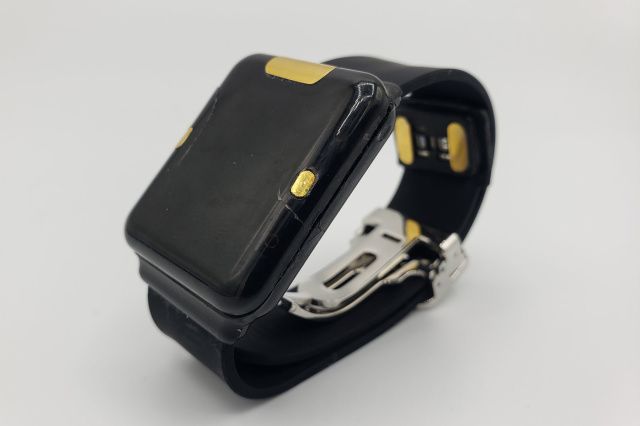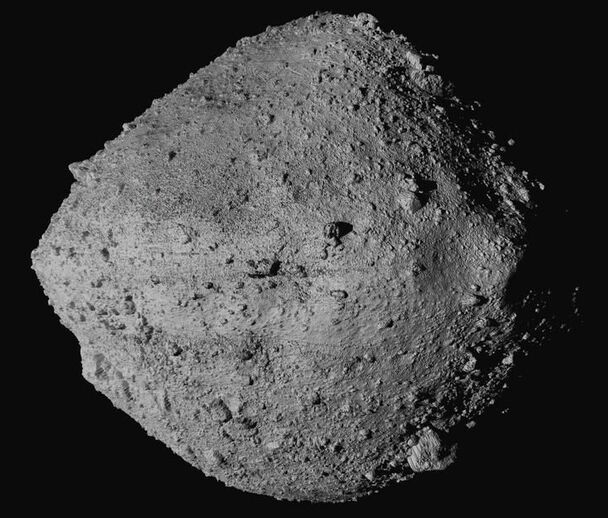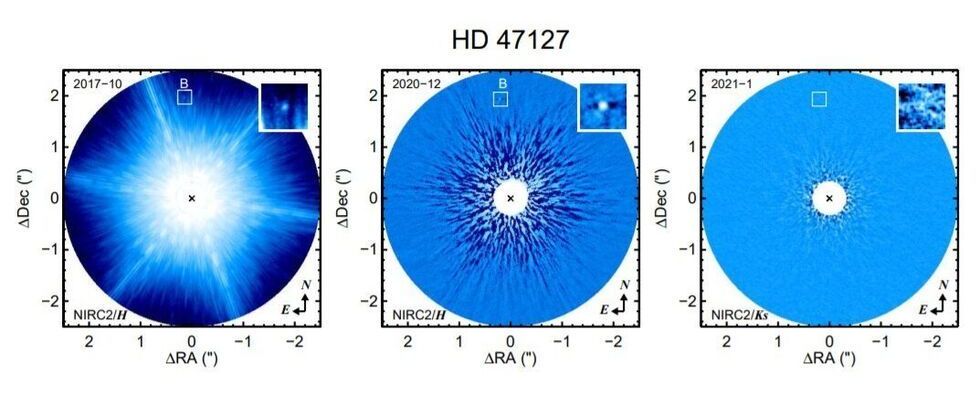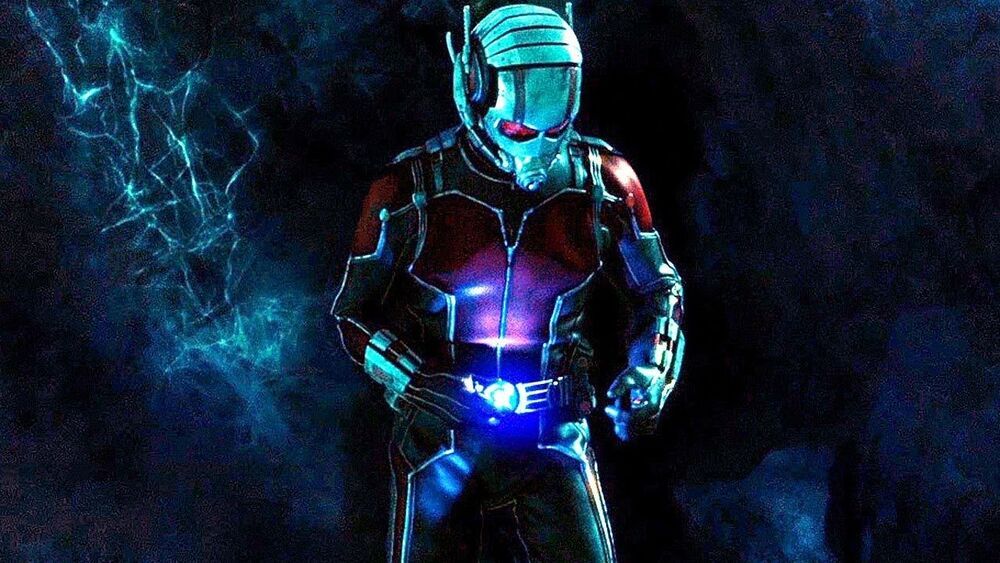May 12, 2021
Five Kids From The Future
Posted by Alexandra Whittington in categories: futurism, sustainability

Children are our future, in every sense of the word. But what might that future be like, and how might it shape the lives of young people? Thanks to COVID and numerous other social, ecological, and technological shifts taking place right now, the future of childhood is evolving.
So what happens when three leading female futurists come together to envision what the children of the future could be like or what world they might inhabit? The result is this article, that shares creative and thought-provoking profiles of five kids from the future.
https://www.forbes.com/sites/cathyhackl/2021/04/18/five-kids…026247a379















